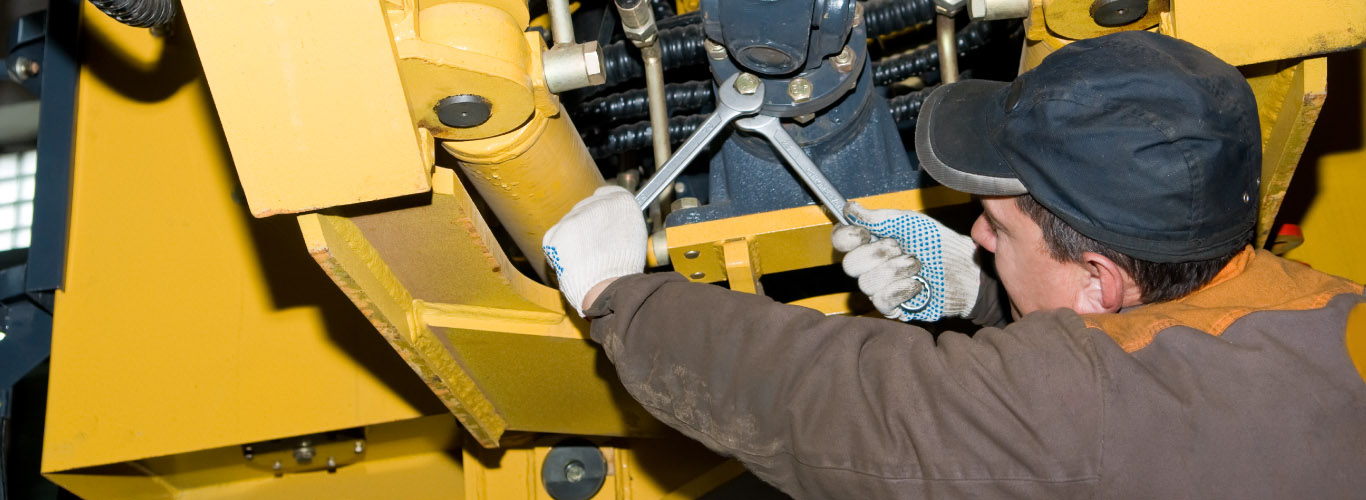Successful demolition of buildings needs exact planning, purpose built demolition equipment, and a focus on safety. To make sure the project is handled correctly, and to lower the risk of accidents, it’s important to follow specific safety guidelines. To help you out, we’ve put together some tips and best practices for building demolition.
Create a safety plan
Prior to starting a building demolition job, it is critical to develop a comprehensive safety plan. It should include a complete assessment of possible hazards on the site, identify safety protocols, and provide a clear outline of responsibilities for each crew member. Consider factors like hazardous materials, structural instability, utilities in close proximity, and any particular risks or challenges associated with the work area.
Complete a site assessment
A full jobsite evaluation is required before you start your building demolition project or begin using demolition equipment. It’s crucial to locate any safety hazards and take the right steps to mitigate any dangerous conditions. Key things to watch out for include structural instability, asbestos or other harmful materials and chemicals, and any other potential hazards. Knowing the risks will help you develop a comprehensive, effective safety plan.
Wear personal protective equipment (PPE)
Any crew member working on a building demolition job needs to wear PPE. At the very least they have to wear hard hats, safety glasses, protective gloves, high visibility vests, and steel toed boots. You should also use respiratory protection when dealing with dust, fumes, or other hazardous materials.
Make sure utilities are shut off
Prior to starting your building demolition project or even starting your demolition equipment, you must turn off all electricity, sewer, gas, water, and other utility lines. Plus, it’s critical to notify all the necessary utility companies before beginning work.
Use the correct demolition equipment
Choosing the right demolition excavators, hydraulic breakers, loaders, and other types of machines and attachments is an important aspect of successfully finishing demo projects. You should only utilize hydraulic breakers, shears, and pulverizers that are compatible with your demolition excavators or other carriers. Your operators need to be well trained and check all the machines before starting work each shift to look for any indications of damage or abnormal wear. They also need to determine the maximum height of the site you are demolishing and the type of material you’re working with. This information will help you decide if you need higher reaching demolition excavators or more powerful hydraulic breakers.
Keep dust and debris under control
Building demolition can generate a large volume of harmful dust and debris that can create serious health risks for workers and hurt the surrounding environment. It’s crucial to implement strategies like surface wetting, using dust suppression equipment, and enclosing the work area with dust suppression barriers.
Dispose of waste properly
Building demolition creates a lot of waste. Create and implement a comprehensive waste management plan to ensure safe handling and disposal of debris, hazardous materials, and recyclable items. Be sure to always follow local regulations and guidelines regarding waste disposal, recycling, and proper handling of hazardous substances.
If you have any questions about building demolition or using demolition equipment,

